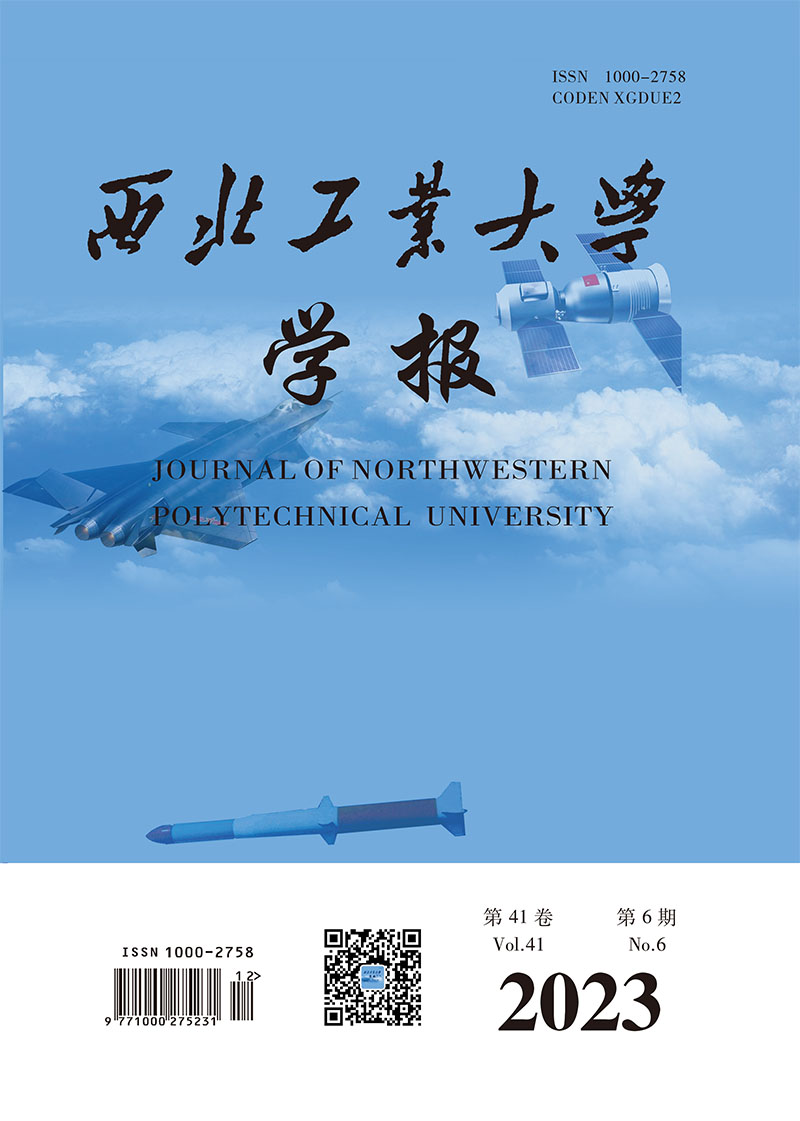Dimensionality reduction bistatic radar clutter suppression technique based on three-dimensional cross-beam
Q3 Engineering
引用次数: 0
Abstract
Aiming at the problem that the non-stationary of airborne bistatic radar clutter reduces the performance of traditional clutter suppression algorithm, this paper first formulates airborne bistatic radar clutter model, and then analyzes the bistatic radar clutter characteristics in four typical combat scenarios. In addition, in order to reduce the computation burden of the STAP algorithm, a three-dimensional cross-beam clutter suppression algorithm is proposed, which uses the transformation matrix to convert the space-time two-dimensional data into azimuth-elevation-Doppler three-dimensional data. By eliminating auxiliary beam clutter data, only the main beam clutter data which plays a major role in dual-basis clutter suppression is retained to form a three-dimensional cross-beam for local adaptive clutter suppression. The proposed algorithm can greatly reduce the amount of calculation and the demand of training samples, while trying to ensure that the clutter suppression performance does not degrade. The effectiveness of the proposed algorithm is verified by analyzing the clutter suppression effect and computation amount of various algorithms in typical combat scenarios. Therefore, the algorithm has great potential in the applications of airborne bistatic and non-stationary clutter suppression.基于三维交叉波束的降维双基地雷达杂波抑制技术
针对机载双基地雷达杂波的非平稳性降低传统杂波抑制算法性能的问题,首先建立了机载双基地雷达杂波模型,然后分析了四种典型作战场景下的双基地雷达杂波特性。此外,为了减少STAP算法的计算量,提出了一种三维交叉波束杂波抑制算法,该算法利用变换矩阵将时空二维数据转换为方位-仰角-多普勒三维数据。通过消除辅助波束杂波数据,只保留对双基杂波抑制起主要作用的主波束杂波数据,形成三维交叉波束进行局部自适应杂波抑制。该算法在不降低杂波抑制性能的前提下,大大减少了计算量和训练样本的需求。通过分析各种算法在典型作战场景下的杂波抑制效果和计算量,验证了所提算法的有效性。因此,该算法在机载双基地和非平稳杂波抑制中具有很大的应用潜力。
本文章由计算机程序翻译,如有差异,请以英文原文为准。
求助全文
约1分钟内获得全文
求助全文

 求助内容:
求助内容: 应助结果提醒方式:
应助结果提醒方式:


